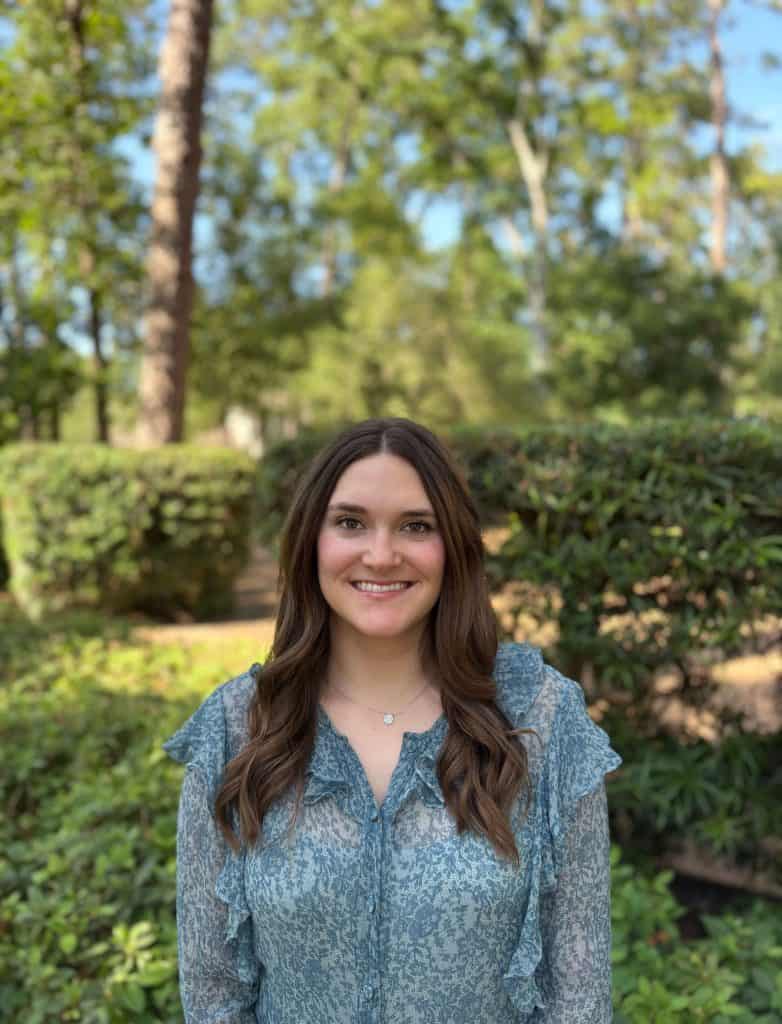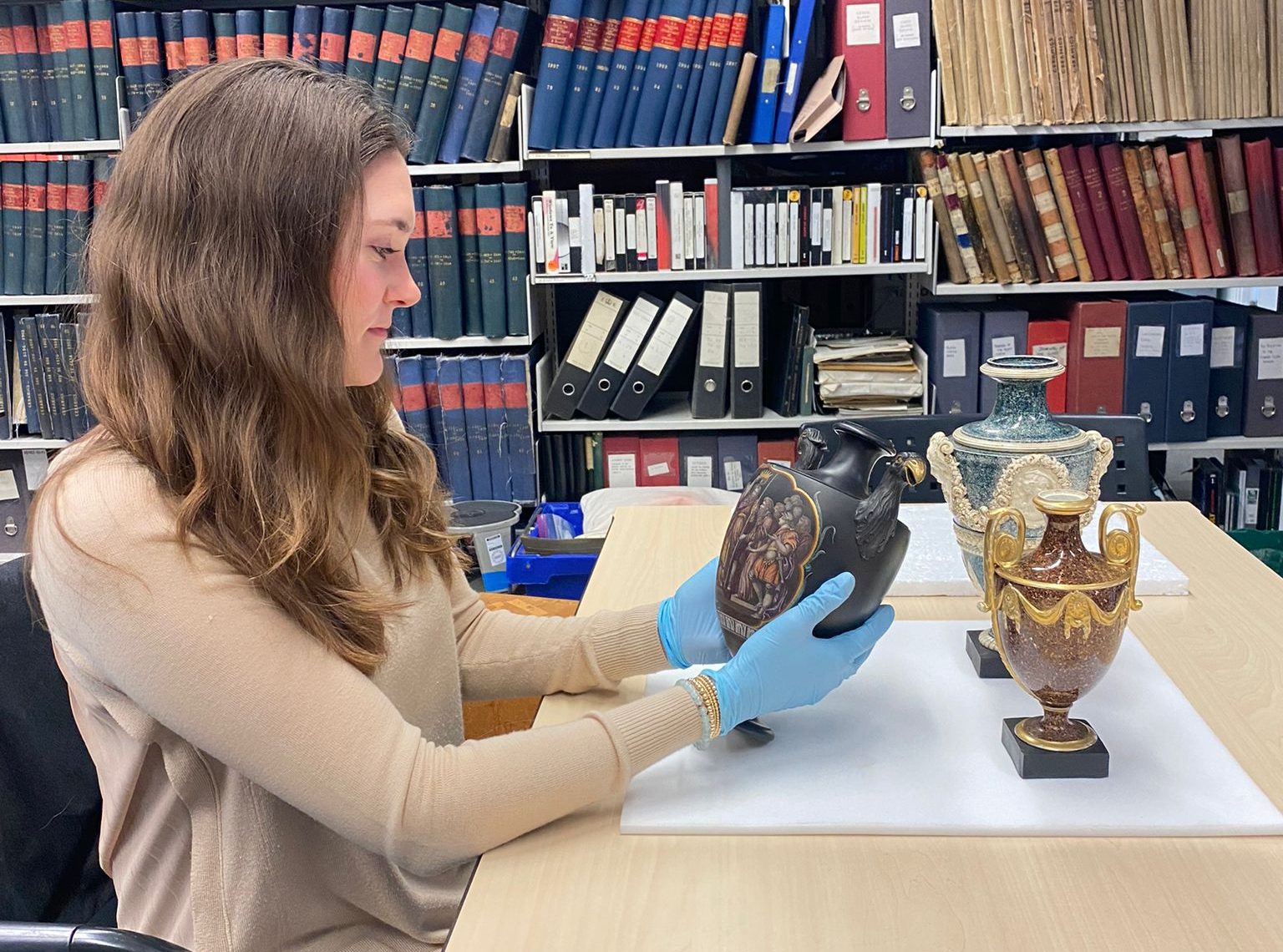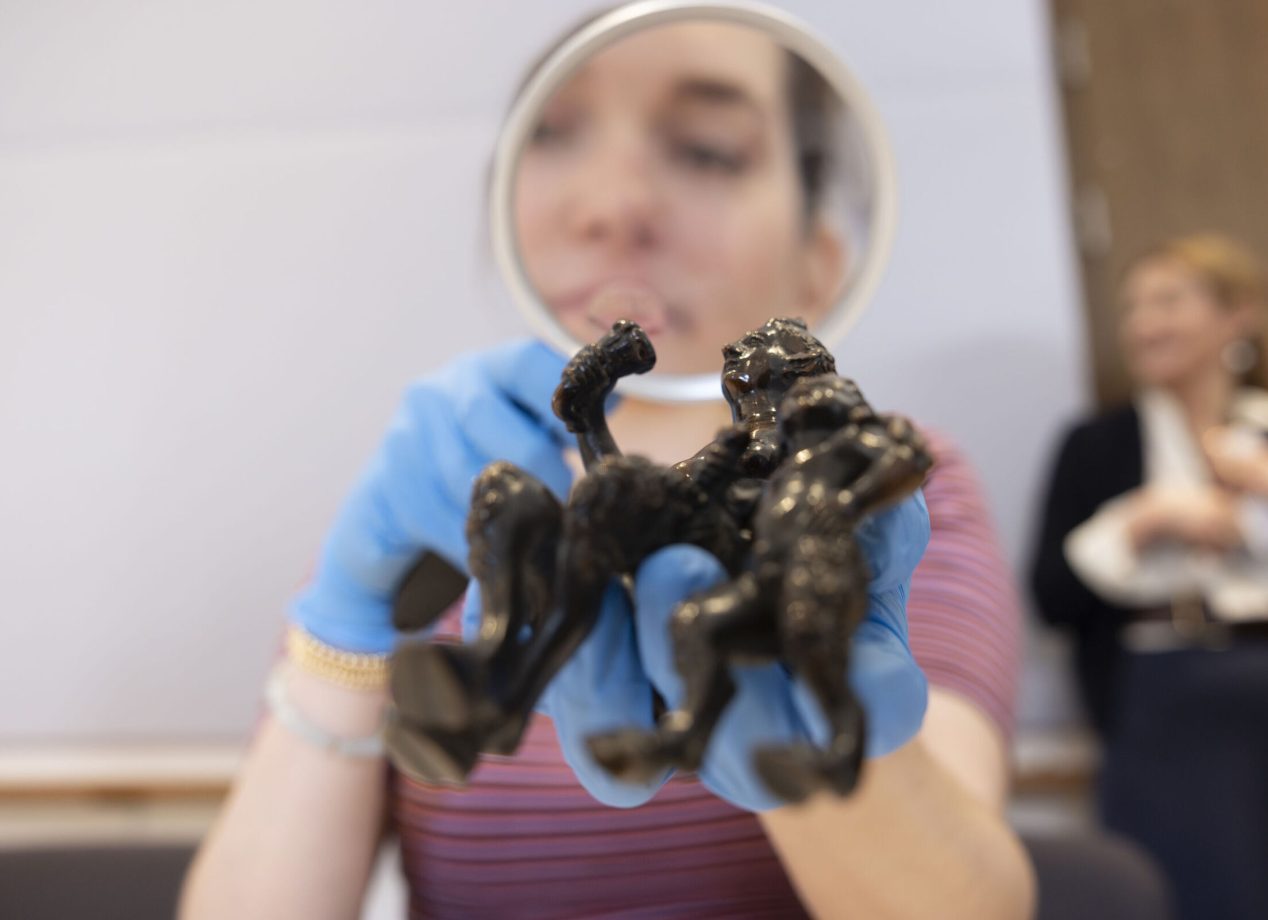Courtney Greer, a recent graduate of the MA Fine and Decorative Art and Design program, reflects on her work placement at the Victoria and Albert Museum (V&A). From hands-on research in the Ceramics & Glass Department to discovering her passion for art consulting, Courtney shares how the experience enriched her academic journey through experiential integrated learning.
 How would you describe your Sotheby’s Institute of Art experience?
How would you describe your Sotheby’s Institute of Art experience?
I really enjoyed my experience at Sotheby’s Institute of Art for many reasons—particularly from an academic standpoint, which I felt I was missing while working full-time. Upon completing my MA in Fine and Decorative Art and Design, I feel better equipped to navigate the art world both academically and professionally, thanks to the essential tools provided throughout the program. I’m also incredibly grateful for the wonderful network of talented individuals I met through Sotheby’s Institute. It’s both helpful and inspiring to be connected to so many like-minded art enthusiasts.
How did your work placement complement your academic studies at Sotheby’s Institute of Art?
My work placement at the Victoria and Albert Museum (V&A) was incredible, and I feel so fortunate to have had the opportunity. It’s wonderful that Sotheby’s Institute allows students the chance to apply for work placements—gaining real-world experience is essential for developing professional skills beyond the classroom. More specifically, my placement in the V&A’s Ceramics & Glass Department inspired my dissertation topic on eighteenth-century porcelain services from the French manufacturer Sèvres and the English manufacturer Chelsea. It also gave me valuable insight into what it’s like to work within a major museum institution.
Can you share a specific project or task during your placement that enhanced your understanding of the art or luxury industries?
During my placement, I was tasked with researching and cataloguing six vases by the eighteenth-century ceramicist Humphrey Palmer. I was familiar with his contemporary, Josiah Wedgwood, but not as familiar with Palmer. Conducting research on these vases undoubtedly enhanced my understanding of the art industry—I learned more about Palmer and eighteenth-century ceramic production as a whole. This deeper knowledge helped me understand the value of such objects, both historically and in today’s art market.
What new skills or insights did you acquire through your placement that you hadn't anticipated?
I didn’t have cataloguing experience prior to my placement, so learning how to catalogue objects was a valuable skill. I also improved my ability to conduct focused object-based research. While I had developed this skill during my MA studies, it was interesting to apply it outside of an academic context. Lastly, I learned how the V&A manages the movement and care of objects in its collection—whether for conservation, research, or reinstallation. It was fascinating to see how large institutions coordinate these processes.

In what ways did the work placement influence your perspective on potential career paths within the art world?
Before this placement, I had no direct museum experience. Working at the V&A gave me first-hand insight into what it’s like to work for a major cultural institution. I had the opportunity to observe day-to-day operations and collaborate across departments, which helped me understand the museum’s internal workflow. While I now work at Kinzelman Art Consulting in Houston, Texas—a role outside of the museum sector—my V&A experience helped me discover my passion for art consulting. I’m grateful to have had the chance to work at the world’s largest museum dedicated to decorative arts and design.
Can you describe how the placement helped you build professional relationships or expand your network within the art sector?
My placement helped me grow my professional network by connecting me with V&A staff across various departments. While I worked closely with the Ceramics & Glass team, I also collaborated with the Sculpture and Metalwork departments. This gave me insight into how different curatorial teams operate and allowed me to build relationships across the institution. Everyone was incredibly welcoming and made me feel like part of the team. I’m certain these connections will remain invaluable as I move forward in my career.
What advice would you give to future Sotheby’s Institute of Art students, and how can they make the most of the Work Placement experience?
Take advantage of the opportunity to apply for a work placement—even if you don’t get selected, the application process is great preparation for job hunting after graduation. Be proactive, ask questions, and look for ways to contribute meaningfully during your placement, especially since the timeframe is relatively short. Meet as many people as you can—it’s a great chance to build your network. You never know who might open a door for you in the future.
